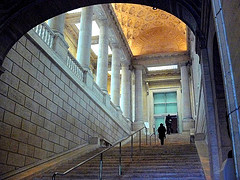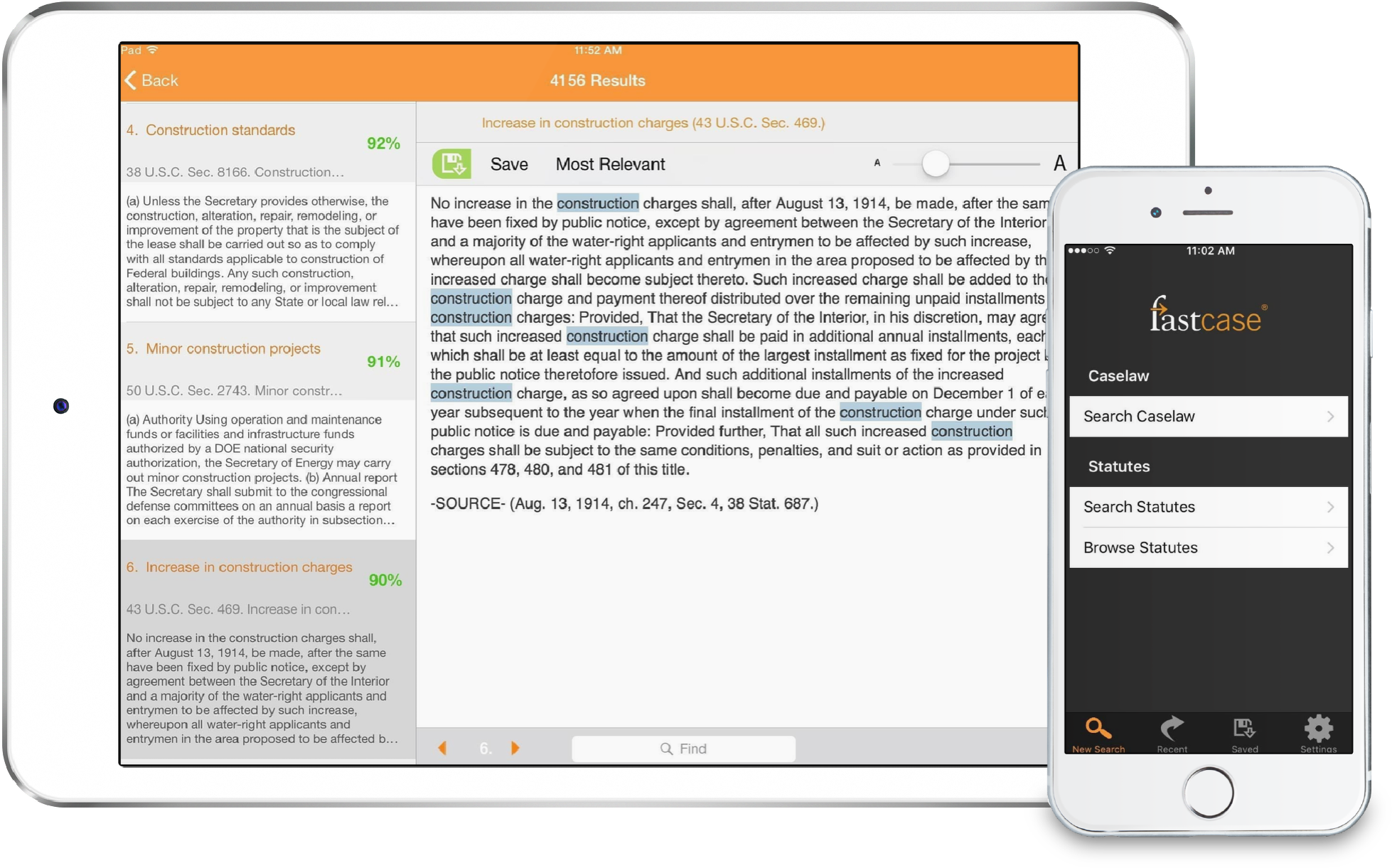Interactivity in Museums
Spring is finally here and, at Fastcase, we eagerly anticipate the explosion of color that will soon follow. While being outside might offer some of the best views (we are in the middle of the National Cherry Blossom Festival here) there are some great views indoors as well. This is fantastic because it means that we can all still work and not feel the need to have to take Claritin.
We have all heard about how social media and the internet are transforming the way we conduct our lives. Now we are witnessing the future and past collide as they transform the museum world. Speaking with Scott Billings at Museum Next Kevin Bacon, curator of photographs at the Royal Pavilion and Museums, Brighton & Hove,
“Museums have changed substantially in the last ten years or so, but I suspect that most people still perceive them as little more than a place where there are things to look at,’ he says. ‘Social media are a very good means of conveying what museums actually do and by showing what goes on behind the scenes there is much better chance of threading museums into the popular imagination. This can then provide a platform for developing new audiences, philanthropy and, perhaps most importantly at present, political support. None of that requires dialogue necessarily, but any conversations that we can hold will enormously enhance and strengthen these new relationships.”
As a repository for much of our knowledge, the ever unconventional Google, earlier this year brought us its Art Project, an interactive display of works from 17 participating galleries by using its Street View technology and a high definition camera. The highlights definitely being the high definition works where you can zoom in and see individual brush strokes on popular works like “Summer” by Claude Monet or “Wheat Field with Cypresses” by Van Gogh. You can also create your own “galleries” to be shared with your friends and family.
In a highlighted New York Times article curators and technology professionals examined how they have transformed museum web pages from merely showing operating hours and “how to get there” directions to focusing more on visitor engagement. The Metropolitan Museum of Art in New York offers an interesting online discussion you can view called Connections. How this engagement continues to manifest itself, whether it is visitor input on exhibits, perhaps more “behind the scenes” looks at the operations of the museum, or accessible in-depth interactive learning, each museum seems to be taking a different and exciting tack.
Being able to expose as many people as possible to the depositories within is certainly a worthwhile goal. These new tools can be enormously helpful towards these goals, but can also be used in other, non-marketing oriented ways. We can’t wait to see how “using social media for dialogue and conversation could be a step towards embedding museums more directly into everyday life.”




